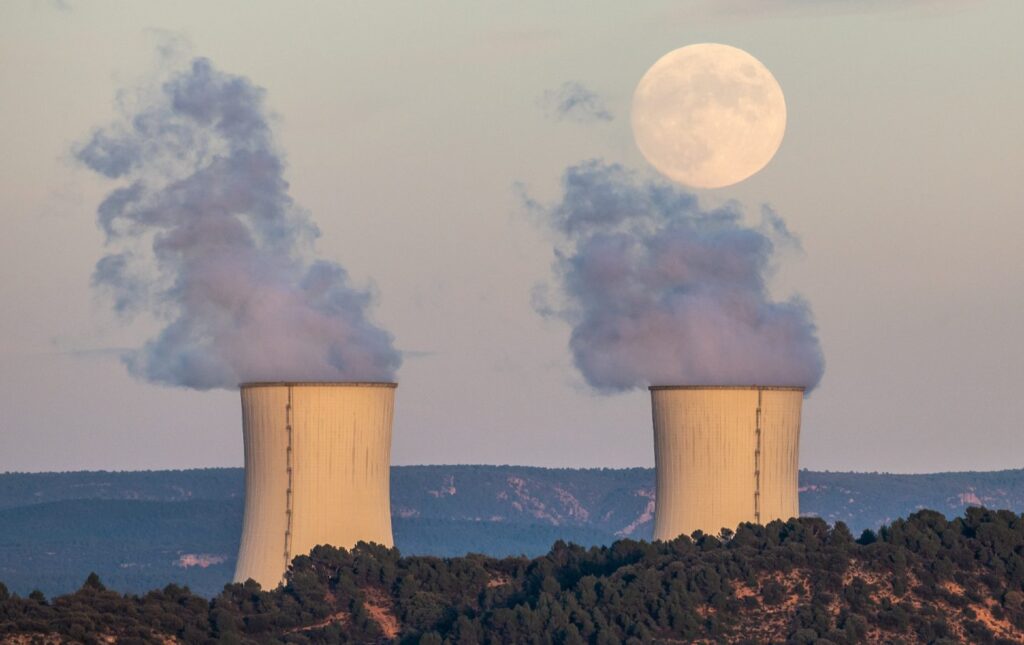Reevaluating Nuclear Power as a Climate Solution: A Modern Perspective
The Shifting Narrative on Nuclear Energy
In recent years, the discourse surrounding nuclear power’s role in combating climate change has undergone a significant transformation. Once heralded as a cornerstone of sustainable energy strategies, nuclear energy now faces mounting scrutiny due to economic, safety, and environmental concerns. A comprehensive analysis by energy expert Joe Romm underscores why nuclear power may no longer be the most viable or effective solution for reducing global carbon emissions.
Political Endorsements and Policy Shifts
Despite its controversial reputation, nuclear energy continues to garner bipartisan support in the United States. Recent legislative efforts, such as the Biden administration’s Inflation Reduction Act, have bolstered nuclear projects by offering substantial subsidies and tax incentives. Conversely, Republican policymakers are pushing for expanded nuclear infrastructure, aiming to accelerate the construction of new reactors nationwide. This political consensus highlights nuclear’s perceived economic and strategic importance, even as debates about its environmental sustainability persist.
The Reality of Nuclear Expansion Plans
Proposals to dramatically increase nuclear capacity-such as plans to quadruple the current nuclear electricity output-would necessitate building dozens of new reactors across all 50 states. This ambitious vision raises questions about feasibility, safety, and public acceptance, especially given ongoing concerns about nuclear waste management and potential accidents. Local communities and environmental advocates are increasingly vocal about the risks associated with expanding nuclear infrastructure, emphasizing the need for thorough safety assessments and transparent dialogue.
Economic Challenges and Cost Comparisons
A critical factor undermining nuclear’s appeal is its high cost relative to renewable energy sources. The construction of the Vogtle reactors in Georgia, the most recent large-scale U.S. nuclear project, experienced delays and cost overruns that pushed expenses beyond $35 billion-equating to approximately $15 million per megawatt of electricity generated. In contrast, solar and wind projects typically cost a fraction of that amount, with significantly shorter development timelines. For instance, utility-scale solar farms can be deployed in as little as two years at a fraction of the cost, delivering clean energy more rapidly and affordably.
The Economics of Time and Investment
One of the most significant hurdles for nuclear power is its lengthy development cycle. Building a new nuclear plant often takes a decade or more, during which substantial capital must be borrowed and invested without generating revenue. This extended lead time results in high financing costs, making nuclear less attractive compared to renewables, which can be deployed swiftly and start producing electricity within a few years. As a result, the economic case for nuclear weakens when considering the urgent need to reduce greenhouse gas emissions promptly.
Environmental and Safety Concerns
Beyond economics, nuclear energy faces persistent safety and environmental challenges. Incidents like Chernobyl and Fukushima have left lasting scars on public perception, fueling fears about potential accidents and radioactive waste disposal. While technological advancements have improved safety protocols, the risk remains a contentious issue. Moreover, nuclear waste storage solutions are still evolving, with long-term repositories like Finland’s Onkalo facility representing pioneering efforts but not yet widespread solutions.
The Case for Renewables: Speed and Cost-Effectiveness
Current data and expert analyses increasingly favor renewable energy sources as the primary means to achieve rapid decarbonization. Solar, wind, and emerging technologies like battery storage are not only more cost-effective but also deployable at a much faster pace. According to recent studies, investing in renewables yields more carbon-free electricity per dollar spent and can displace fossil fuels more swiftly than nuclear power.
The Urgency of Immediate Action
Climate scientists emphasize that halting catastrophic climate impacts requires immediate action-reducing greenhouse gas emissions now, not in a decade. The long lead times associated with nuclear power make it an impractical solution for urgent climate goals. Instead, prioritizing scalable, quick-to-deploy renewable energy infrastructure offers a more effective pathway to meet global climate targets.
Final Thoughts: Rethinking Our Energy Future
While nuclear energy has historically played a role in the global energy mix, current economic realities, safety concerns, and the pressing need for rapid decarbonization suggest a reevaluation of its place in future energy strategies. Embracing renewable energy technologies, which are advancing rapidly and becoming increasingly affordable, appears to be the most pragmatic approach to achieving a sustainable and resilient energy system.
Author Bio:
Sign Hertsgaard is the environmental correspondent for The Nation and the executive director of Covering Climate Now, a global media collaboration dedicated to climate journalism. His latest book, Gigantic Red’s Mercy: The Shooting of Deborah Cotton and a Narrative of Escape in the United States, explores themes of justice and resilience in the face of environmental and social challenges.

